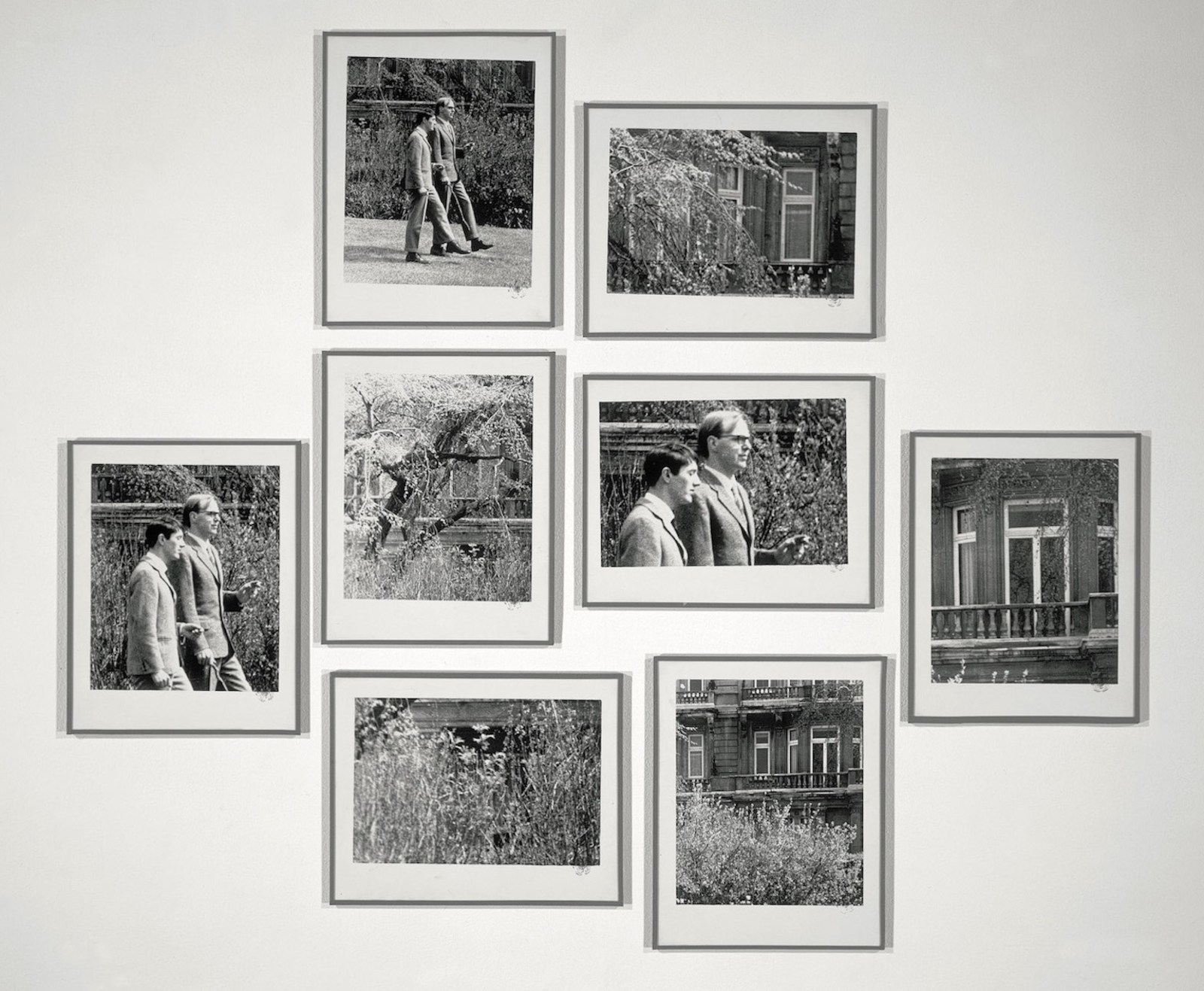Gilbert & George
Gilbert Prousch, b. 1943, San Martin de Tor, Italy
George Passmore, b. 1942, Plymouth, United Kingdom
they live and work together since 1968 in London, United Kingdom
As ‘living sculptures’, Gilbert & George are icons of the art world: initially scorned by critics for being too ordinary, too shrill and too one-dimensional, they soon became enormously popular and now enjoy global recognition. In the 1960s, they were the first to place themselves provocatively and shamelessly at the centre of their work. The artists are always impeccably dressed in tweed suits, faultlessly elegant, and friendly and polite. In a physical symbiosis they move in a synchronous, restrained, and almost mechanical way through their life and work. In their shared universe they seamlessly finish one another’s thoughts and sentences: “It is very simple. We are two people, but one artist. That is the secret.”
The artists met as students in London in 1967 and started working and living together as Gilbert & George the following year. Their early work consists primarily of performances in which they act as living statues. Their oeuvre soon encompassed video, drawings and, above all, photography. In the 1970s, their work evolved from black-and-white photographic assemblages into grid-shaped arrangements. The bright colours that they added in the 1980s emphasises the sleek, caricatural nature of their montages. The works from this period depict contemporary metropolitan life and the hopes and fears that dominated the era. In 1989, they created twenty-five large works about illness and destruction for an AIDS charity. In ‘New Democratic Pictures’ (1991), replete with homo-erotic and Christian allusions, the artists appear nude for the first time.
Throughout their career, Gilbert & George have revolted against elitism in art. They live in a working-class area of London and call their oeuvre ‘Art for All’. They want to reach the widest possible audience. “We really cannot understand why an artist would need to be deliberately unclear or do something incomprehensible to 99% of the population. We want to bring meaning and content into art.” Their deliberately cultivated aversion to the art world and their high productivity – up to as many as 153 works in a single year – probably explains why art critics originally spat them out. But the ridiculous, ironic and caricatural nature of their work is not merely a mischievous parody. Beneath the surface of the screaming colours, grimaces and not-quite-aesthetic compositions lies an utterly intractable criticism of reality.



















